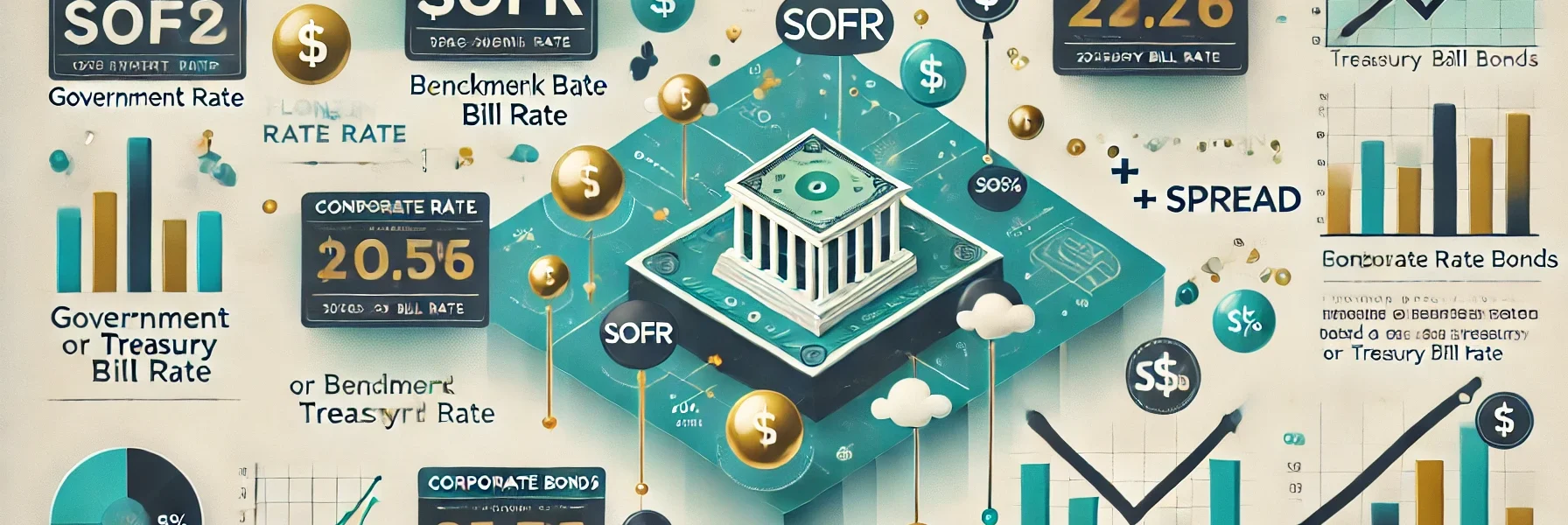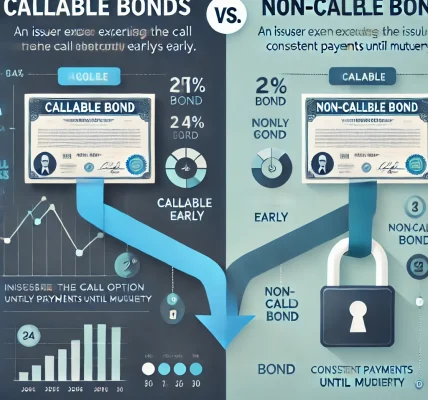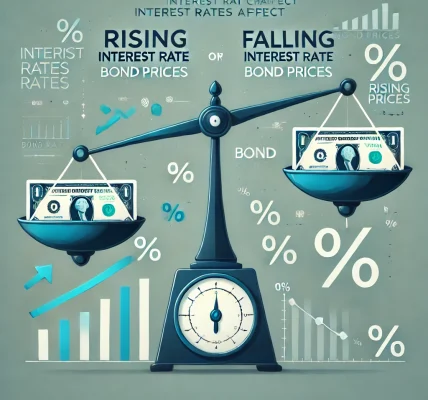In the world of investments, floating rate bonds have gained popularity due to their ability to offer protection against rising interest rates. For investors seeking to diversify their portfolios and minimize the risk of fluctuating interest rates, these bonds present an attractive opportunity. In this article, we will dive deep into what floating rate bonds are, how they work, their benefits and risks, and the best times to invest in them.
What Are Floating Rate Bonds?
A floating rate bond (also called a variable rate bond) is a type of bond where the interest payments fluctuate based on a reference rate, such as the Secured Overnight Financing Rate (SOFR) or the Treasury Bill rate. Unlike fixed-rate bonds, where the interest remains constant throughout the bond’s term, floating rate bonds adjust periodically.
Key Features of Floating Rate Bonds:
- Variable Interest Payments: Interest payments change based on the benchmark rate.
- Periodic Reset: The coupon rate is adjusted at regular intervals (e.g., every 3 or 6 months).
- Maturity Period: Varies, typically ranging from 2 to 10 years.
- Issuer Type: Governments, corporations, and financial institutions often issue floating rate bonds.
How Do Floating Rate Bonds Work?
The interest (or coupon) rate on floating rate bonds is typically expressed as:
Coupon Rate = Benchmark Rate + Spread
- Benchmark Rate: The reference interest rate (e.g., SOFR, LIBOR, or Treasury Bill rate).
- Spread: An additional fixed percentage above the benchmark to compensate for risk.
Example Calculation:
Suppose a floating rate bond is issued with the following terms:
- Benchmark Rate: 5% (SOFR)
- Spread: 1.5%
- Total Coupon Rate: 5% + 1.5% = 6.5%
If the benchmark rate increases to 6%, the new coupon rate will become 7.5% (6% + 1.5%). This mechanism protects investors from losing purchasing power during rising interest rate environments.
Types of Floating Rate Bonds
- Government Floating Rate Bonds: Issued by governments to fund public projects. Typically have lower risk and provide tax benefits.
- Corporate Floating Rate Bonds: Issued by corporations to finance operations or expansion. Higher yield but increased credit risk.
- Municipal Floating Rate Bonds: Issued by local governments or municipalities. May provide tax-exempt benefits to investors.
Advantages of Investing in Floating Rate Bonds
1. Protection Against Rising Interest Rates
Since the coupon rate adjusts with the benchmark, you benefit from increased interest payments when rates rise.
2. Reduced Interest Rate Risk
Floating rate bonds are less sensitive to changes in market interest rates compared to fixed-rate bonds.
3. Diversification
Including floating rate bonds in your portfolio can reduce overall risk and enhance income stability.
4. Potential for Higher Yields
In a rising rate environment, these bonds typically offer higher yields than fixed-rate alternatives.
Risks Associated with Floating Rate Bonds
1. Interest Rate Decline
If benchmark rates fall, your interest payments will decrease, reducing your income.
2. Credit Risk
The issuer might default on interest payments or the bond’s principal.
3. Liquidity Risk
Some floating rate bonds, particularly corporate issues, may have limited liquidity, making them harder to sell.
4. Complexity
Understanding how floating rate bonds work requires knowledge of benchmark rates and how they fluctuate.
When to Invest in Floating Rate Bonds
Floating rate bonds are most beneficial under specific market conditions. Here are some ideal scenarios:
1. Rising Interest Rate Environment
If you anticipate interest rates will increase, floating rate bonds can protect your returns from rate hikes.
2. Inflation Concerns
Floating rate bonds offer a hedge against inflation by adjusting their coupon rates in line with market conditions.
3. Portfolio Diversification
Including these bonds in your investment mix can balance the risks associated with fixed-income assets.
4. Short-to-Medium Term Investment Horizon
If you seek flexible income and capital preservation over the short or medium term, floating rate bonds are a viable option.
How to Evaluate Floating Rate Bonds
- Benchmark Rate: Understand which rate the bond is tied to (SOFR, Treasury Bill, etc.) and its historical trends.
- Spread: Analyze the fixed portion added to the benchmark. A higher spread usually indicates higher risk.
- Issuer’s Creditworthiness: Check the issuer’s credit rating from agencies like Moody’s, S&P, and Fitch.
- Reset Frequency: Determine how often the interest rate resets. Frequent resets mean faster adjustments to market conditions.
Tax Implications of Floating Rate Bonds
Taxation varies depending on the type of bond:
- Government Bonds: May provide tax-free returns in some jurisdictions.
- Corporate Bonds: Interest is typically taxed as ordinary income.
- Municipal Bonds: May offer tax-exempt status, especially for local investors.
Always consult a tax advisor to understand the specific implications based on your jurisdiction.
Comparing Floating Rate Bonds to Fixed-Rate Bonds
| Feature | Floating Rate Bonds | Fixed-Rate Bonds |
|---|---|---|
| Interest Payments | Variable (linked to benchmark rate) | Fixed throughout the bond’s term |
| Interest Rate Risk | Lower (adjusts with market rates) | Higher (impacted by market rate changes) |
| Ideal Environment | Rising interest rates | Stable or declining interest rates |
| Return Certainty | Uncertain (depends on benchmark) | Predictable and fixed |
How to Invest in Floating Rate Bonds
- Through Bond Markets: Purchase directly via government or corporate bond markets.
- Bond Mutual Funds/ETFs: Invest in funds that focus on floating rate securities.
- Brokerage Accounts: Most brokerage platforms offer access to floating rate bonds.
Final Thoughts
Floating rate bonds are a strategic tool for investors looking to safeguard their portfolios from rising interest rates while maintaining stable income. However, they come with specific risks that require careful evaluation.
By understanding how these bonds work, analyzing key factors like benchmark rates and creditworthiness, and timing your investments effectively, you can make informed decisions that align with your financial goals.




